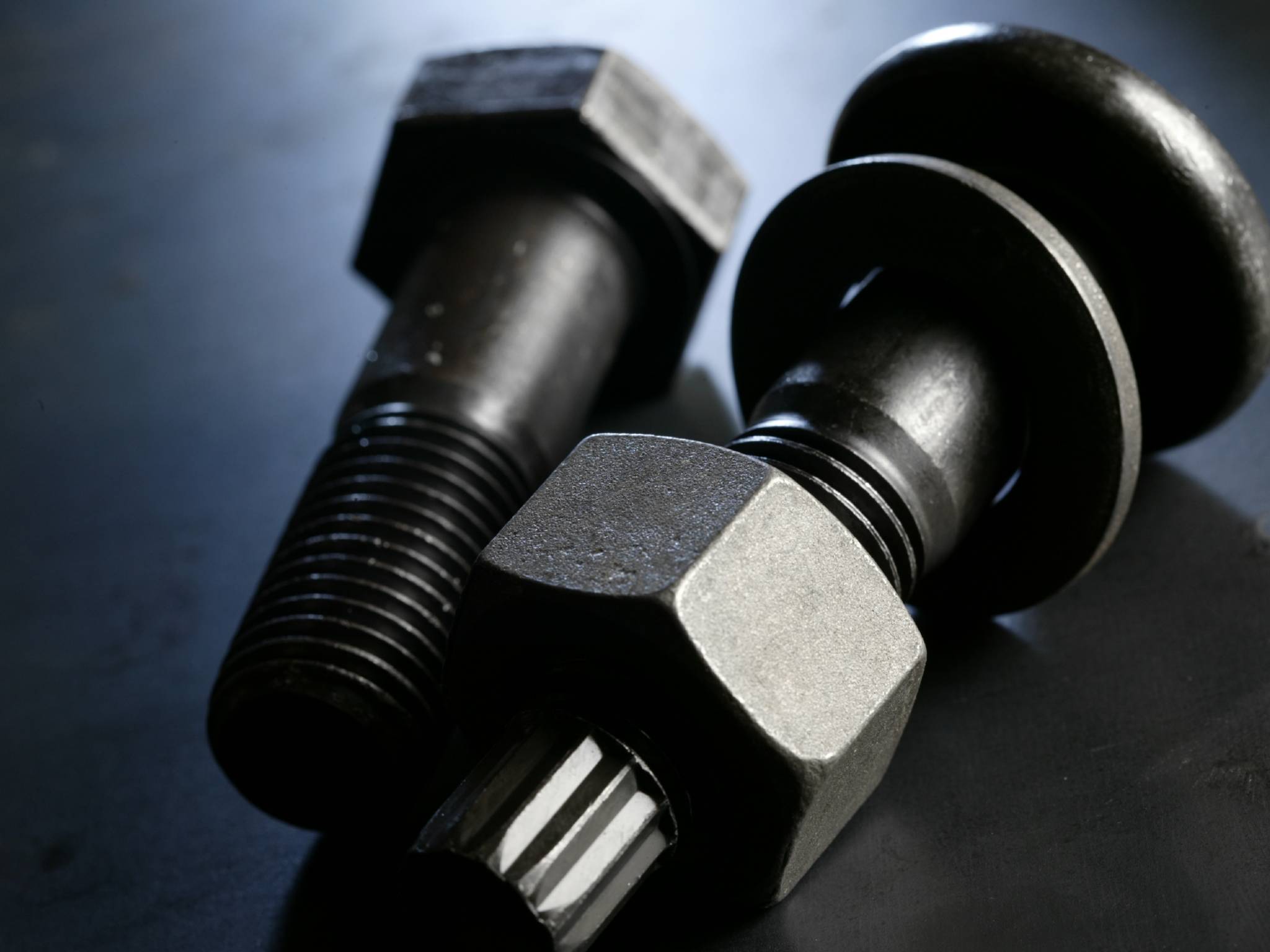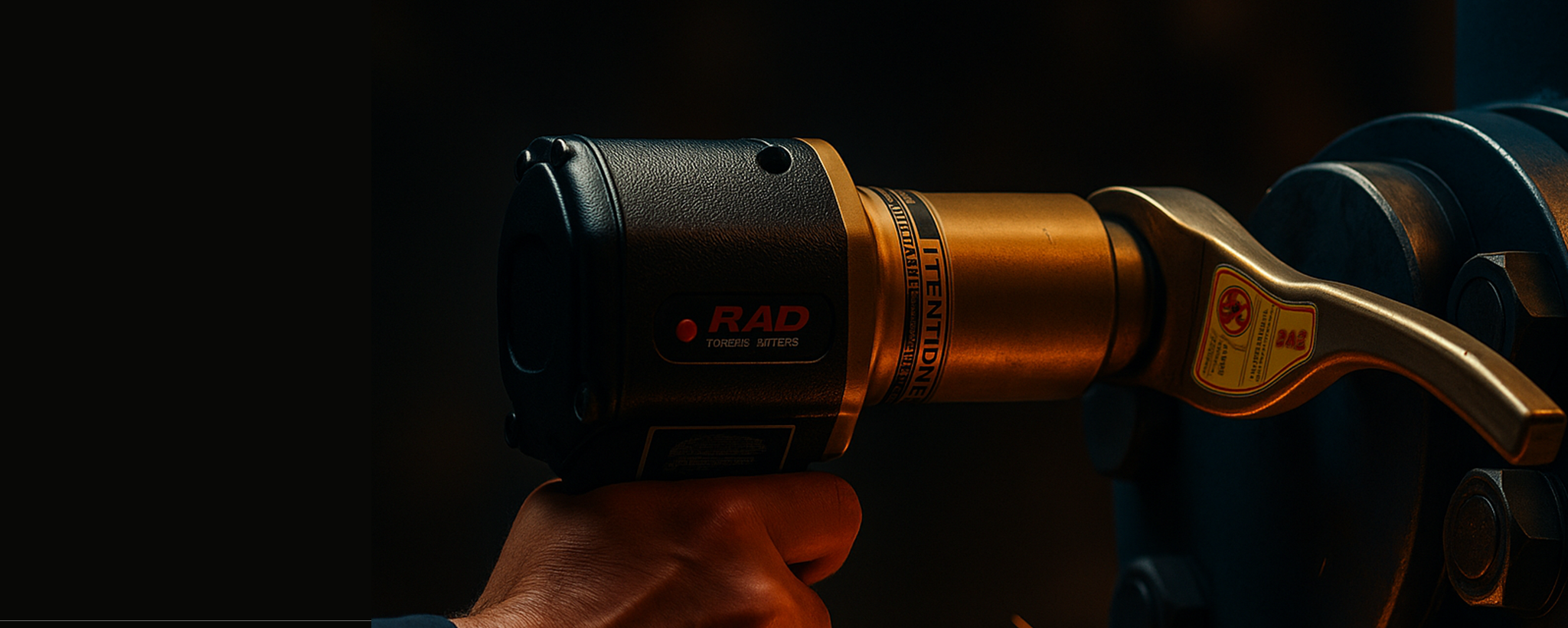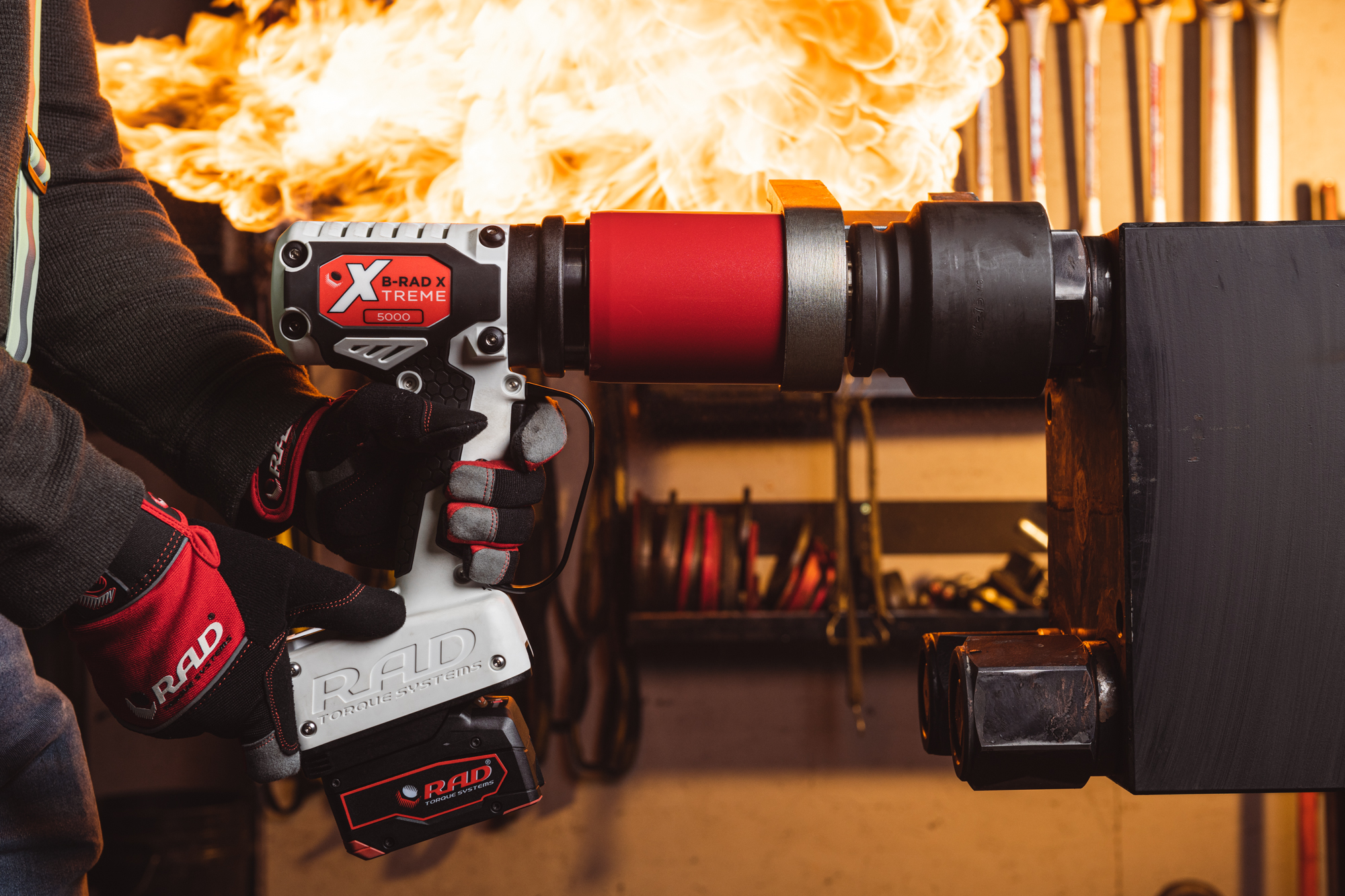How Much Torque for DTI Squirt Washers?
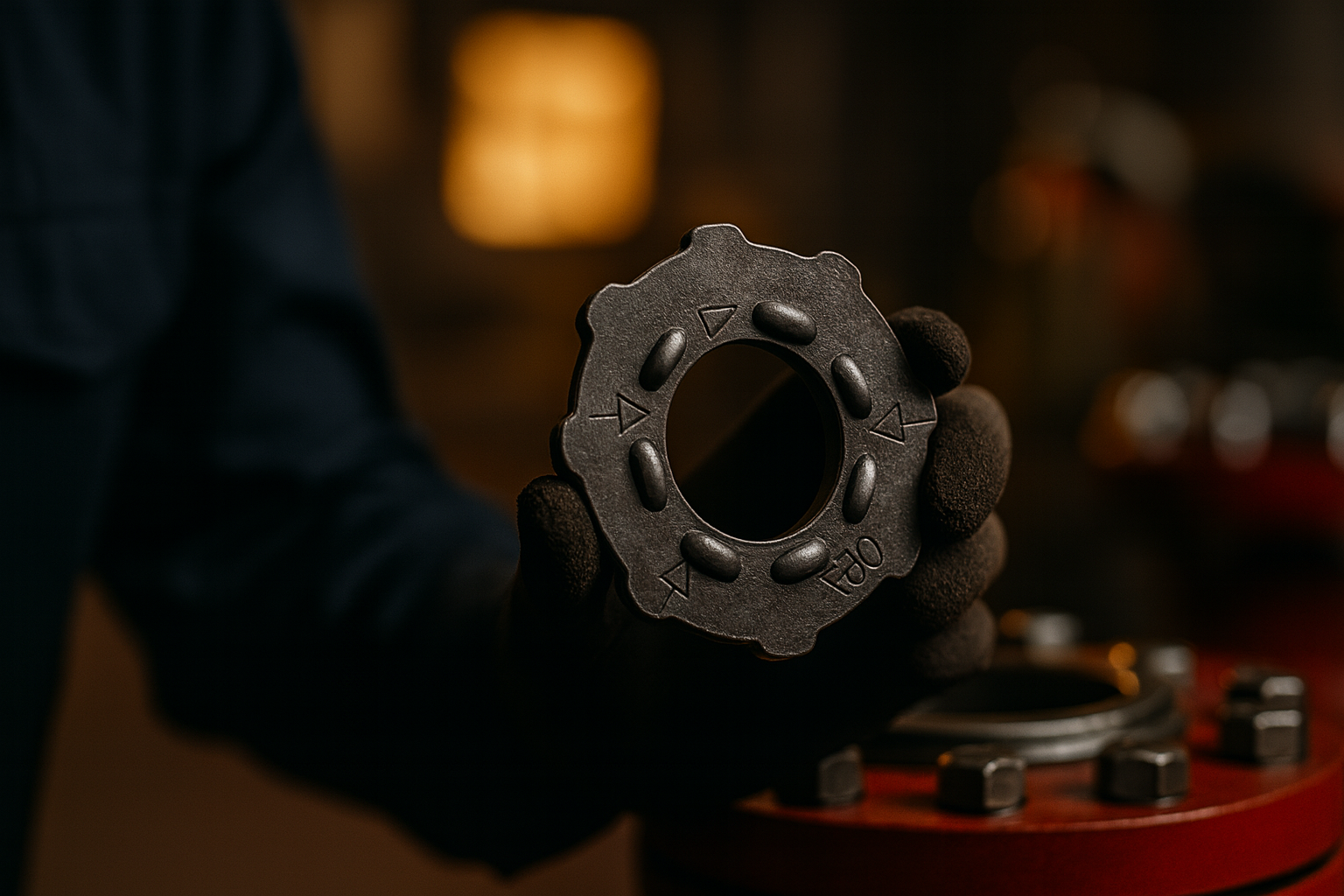
In the realm of structural bolting, ensuring that connections are both secure and reliable is of paramount importance. DTI squirt washers, or Direct Tension Indicator washers, play a crucial role in achieving the correct bolt tension. By understanding how these washers function and the torque specifications necessary for their use, you can ensure that your bolting assembly meets the required standards for safety and performance.
Understanding DTI Squirt Washers
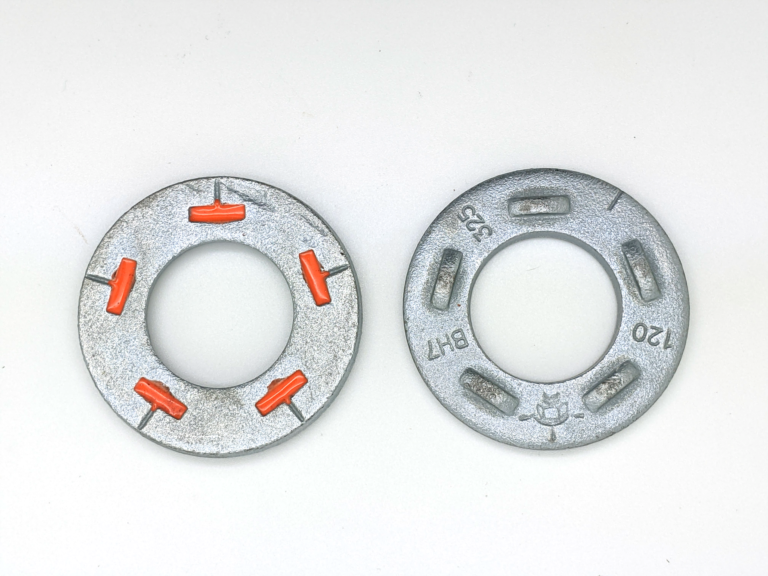
What are DTI Squirt Washers?
DTI squirt washers are specialized washers designed to provide a visual indication of the tension achieved in a bolt. Unlike traditional washers, they incorporate a series of protrusions filled with silicone that deform under pressure. Once the DTI installation is completed correctly, the silicone is expelled, indicating that the desired tension has been achieved. This makes them an essential tool in applied bolting technology, particularly for those who seek precision in structural bolt assemblies.
Function of Direct Tension Indicators
The primary function of direct tension indicators is to ensure that the correct tension is applied during the bolt tightening process. As the hex nut is tightened against the DTI washer, the protrusions compress, and the silicone is expelled, confirming that the bolt tension meets the design requirements. This process helps avoid over-tightening or under-tightening, which can compromise the integrity of the structural bolts used in construction and other critical applications.
Benefits of Using DTI Washers
The benefits of using DTI washers in structural bolting applications are numerous. First, they allow for a visual confirmation that the correct tension has been achieved, thereby reducing the risk of human error during installation. Additionally, their use can streamline the assembly process by eliminating the need for torque wrenches to measure tension, thus simplifying the task of controlled bolting. Furthermore, DTIs contribute to the overall safety and reliability of structures by ensuring that bolts are properly installed and tensioned, ultimately enhancing the longevity and performance of the assembly.
Torque Specifications for DTI Washers
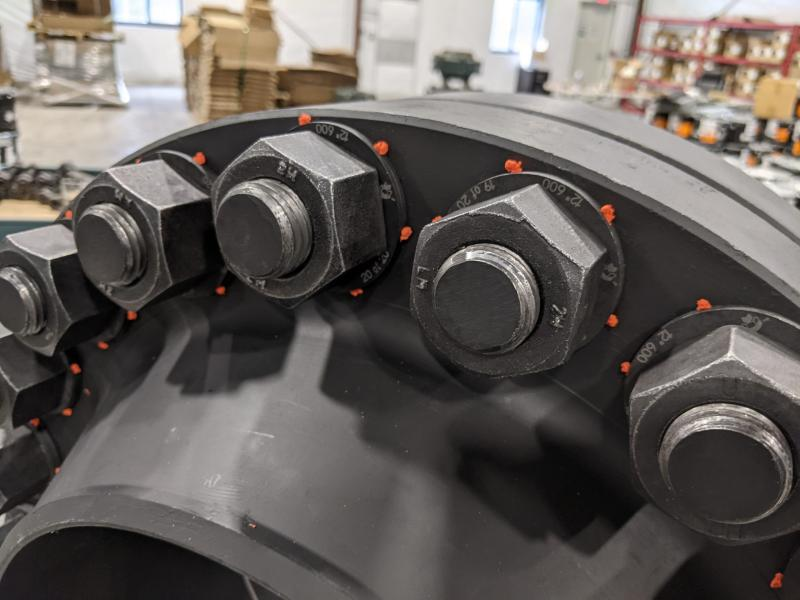
Importance of Proper Torque Specifications
Proper torque specifications for DTI squirt washers are crucial to ensuring the reliability and safety of any structural bolting assembly. The correct torque guarantees that the DTI installation functions as intended, providing a visual confirmation when the desired bolt tension has been achieved. Without adhering to the appropriate torque requirements, there is a risk of either under-tightening or over-tightening the bolts, which can lead to structural failures or compromised integrity of the assembly. Therefore, understanding and applying the correct torque specifications is a vital step in any construction or manufacturing project.
Recommended Torque Requirements
When it comes to recommended torque requirements for DTI squirt washers, manufacturers typically provide detailed guidelines that should be closely followed. These guidelines are often based on the size, grade, and specific application of the structural bolts in use. The torque values are calculated to ensure that the direct tension indicators perform effectively, expelling the silicone and confirming optimal tension. By adhering to these manufacturer-recommended torque specifications, professionals can ensure that the installed bolts meet the design criteria, contributing to the overall safety and stability of the structure.
Below is a general reference chart (approximate values for ASTM A325 bolts, dry, structural steel applications):
Bolt Diameter Approx. Torque (Nm). Approx. Torque (ft-lb)
M16 (5/8") 190–210 Nm 140–155 ft-lb
M20 (3/4") 330–360 Nm 245–265 ft-lb
M24 (7/8") 570–620 Nm 420–460 ft-lb
M27 (1-1/16") 850–920 Nm 625–680 ft-lb
M30 (1-1/8") 1150–1220 Nm 850–900 ft-lb
Note: These are starting torque values for snug-tightening before DTI verification. Always follow the project’s engineering specifications and relevant standards (e.g., ASME, ASTM F959, RCSC specifications).
Factors Influencing Torque Values
Several factors can influence the torque values required for DTI washers. Understanding these factors allows for more precise control over the bolt tightening process, ensuring that the direct tension indicators are properly installed, and the structural bolts achieve the desired tension, enhancing the safety and durability of the construction.
Factors Details
Material and grade of the bolts Different materials and grades require different torque values.
Type of washer and environmental conditions These can affect the torque requirements.
Size of the bolt and design of the assembly Significantly influence the appropriate torque.
Variations in friction Between the bolt, nut, and washer can affect torque.
Installation and Usage of DTI Washers
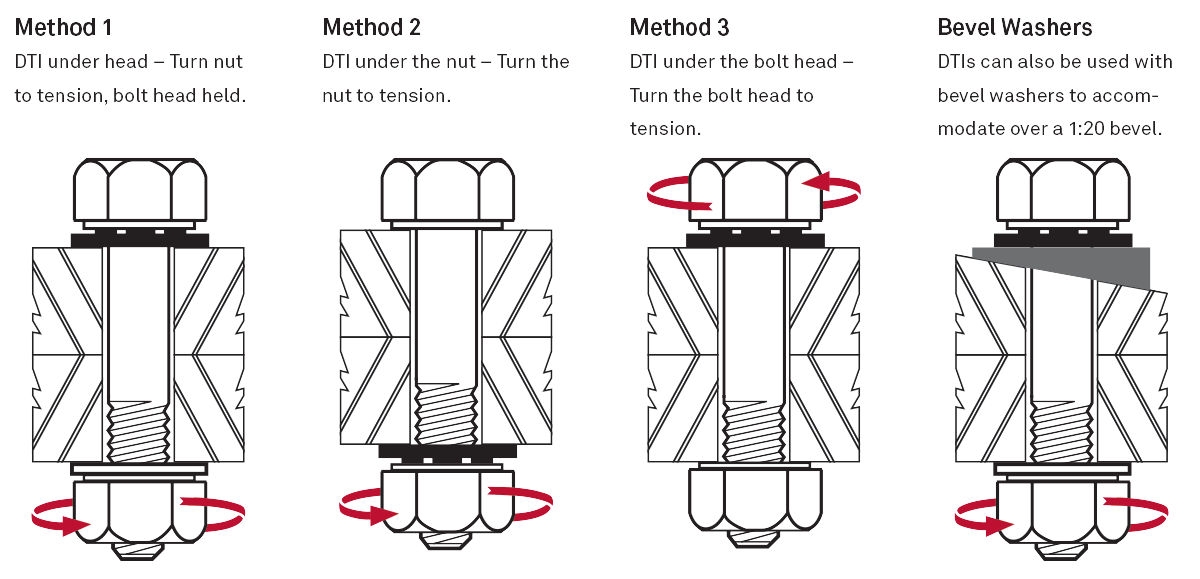
Steps for DTI Installation
The installation of DTI squirt washers is a meticulous process that requires attention to detail to ensure the desired bolt tension is achieved. Follow these steps to achieve the correct tension:
1. Position the DTI washer between the hex nut and the structural component.
2. Tighten the nut, allowing the protrusions on the washer to compress. Watch for the expulsion of silicone, which indicates that the correct tension has been achieved.
This process is fundamental in applied bolting technology, guaranteeing that the assembly is both secure and reliable.
Best Practices for Controlled Bolting
Controlled bolting is critical when using DTI washers to ensure precise tension. It is recommended to follow manufacturer guidelines closely, as these provide specific torque specifications tailored to the size and grade of the bolts used. Using a calibrated torque wrench can help in applying the correct amount of force, thus ensuring the DTI installation is accurate. Regularly inspecting the assembly for any discrepancies or signs of improper installation is also advised to maintain long-term reliability.
Common Mistakes to Avoid in Bolt Tightening
One common mistake in bolt tightening with DTI washers is failing to monitor the silicone expulsion, which can lead to under-tightening or over-tightening. Additionally, not accounting for factors such as bolt material and environmental conditions can result in incorrect torque applications. Always ensure that the washers and bolts are compatible and follow the prescribed installation procedures rigorously to avoid compromising the structural integrity of the assembly.
Ensuring Proper Bolt Tension
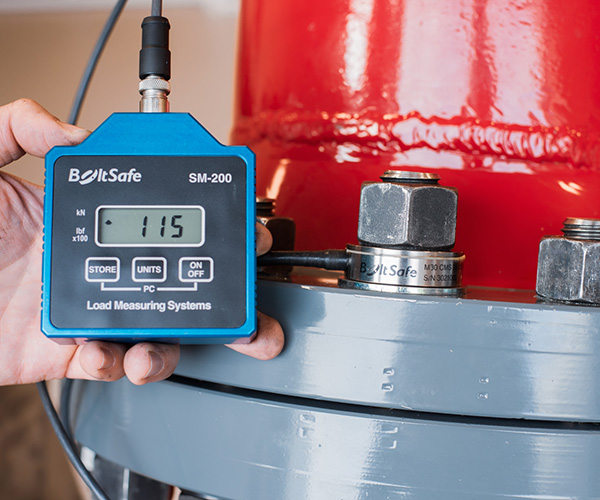
Understanding Bolt Tension and Its Importance
Bolt tension is a critical factor in ensuring the structural integrity and performance of bolted assemblies. It represents the force exerted along the axis of the bolt, which holds the components together. Achieving the correct bolt tension is essential to prevent joint failure and ensure the longevity of the structure. DTI squirt washers provide a reliable means to visually confirm when the desired tension has been reached, thereby enhancing safety and effectiveness in structural bolting.
Techniques for Achieving Desired Bolt Tension
Several techniques can be employed to achieve the desired bolt tension using DTI washers. Start by ensuring that all components, including the washers and nuts, are clean and free from debris. This promotes optimal contact and reduces friction, contributing to accurate tensioning. To achieve this, follow these steps:
3. Utilize a calibrated torque wrench to apply the specified torque, ensuring that the direct tension indicators perform as designed.
4. Regularly verify the tension during and after installation, making necessary adjustments to maintain the integrity of the assembly.
Monitoring Bolt Tightening During Installation
Monitoring bolt tightening is essential to achieving and maintaining the desired tension in structural assemblies. During installation, pay close attention to the behavior of the DTI washers, particularly the silicone expulsion, as it provides immediate feedback on the tension achieved. Employing digital torque monitoring tools or manual checks can further enhance accuracy. Continuous monitoring ensures that any deviations or issues are promptly identified and corrected, thereby safeguarding the structural integrity and performance of the assembly.
How Calitool Can Help with Proper Torque Application
Getting bolt tightening right is critical for safety and performance in structural bolting projects. At Calitool, we supply professional torque tools, controlled bolting equipment, and calibration services to ensure your DTI squirt washers are installed with absolute accuracy.
Whether you need hydraulic torque wrenches for large-diameter bolts, digital torque tools for precision work, or expert advice on torque specifications, our team can help you achieve perfect bolt tension—every time.
Conclusion
Determining the appropriate torque for DTI squirt washers is crucial for ensuring optimal performance and safety in various applications. Proper torque settings help maintain the integrity of the assembly, preventing leaks and failures. Always refer to the manufacturer's specifications and guidelines to achieve the best results.
FAQs
1. What is a DTI squirt washer?
A DTI squirt washer is a type of washer that incorporates a displacement indicator to ensure proper torque application during installation.
2. Why is torque important for DTI squirt washers?
Torque is important because it ensures that the washer is securely fastened, which prevents leaks and maintains the integrity of the assembly.
3. How do I find the correct torque specification for my application?
Consult the manufacturer's guidelines or technical documentation for the specific torque values recommended for your DTI squirt washers.
4. What happens if I use too much torque?
Using too much torque can lead to over-compression of the washer, causing damage and potential failure of the assembly.
5. Can I use a torque wrench to apply torque to DTI squirt washers?
Yes, a torque wrench is recommended to accurately apply the specified torque to ensure proper installation.
%201.png)

